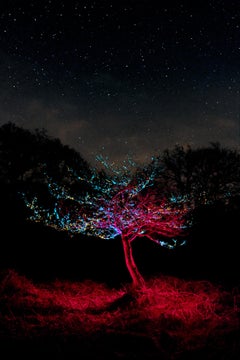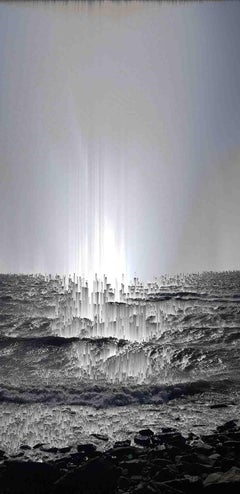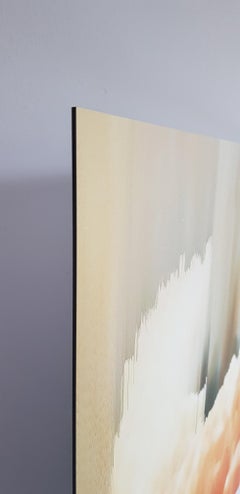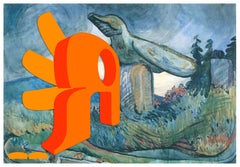Large Landscape Prints
1970s Conceptual Landscape Prints
Screen
2010s Contemporary Color Photography
Color, Photographic Paper, Archival Paper, Glass, Archival Pigment
21st Century and Contemporary Landscape Prints
Archival Paper, Linocut
21st Century and Contemporary Interior Prints
Metal
21st Century and Contemporary Abstract Geometric Abstract Prints
Metal
21st Century and Contemporary Abstract Abstract Prints
Archival Paper, Digital
1970s Abstract Geometric Landscape Prints
Etching, Aquatint, Lithograph
Early 2000s Photorealist Landscape Prints
Screen, Paper
Mid-20th Century Modern Landscape Prints
Glass, Wood, Paper
Late 20th Century Contemporary Landscape Prints
Paper, Screen
21st Century and Contemporary Impressionist Landscape Prints
Canvas, Giclée
2010s Contemporary Figurative Prints
Archival Pigment
2010s Contemporary Figurative Prints
Archival Pigment
1980s Contemporary Abstract Prints
Offset
2010s American Modern Landscape Photography
Archival Pigment
1960s Modern Landscape Prints
Black and White
1990s Impressionist Landscape Prints
Canvas, Giclée
Early 2000s Contemporary Landscape Prints
Screen
2010s Contemporary Figurative Prints
Archival Pigment
2010s Contemporary Figurative Prints
Archival Pigment
2010s Contemporary Figurative Prints
Archival Pigment
2010s Contemporary Figurative Prints
Archival Pigment
2010s Contemporary Black and White Photography
Archival Pigment, Black and White
2010s Contemporary Landscape Photography
Archival Pigment, Archival Paper
2010s Contemporary Figurative Prints
Archival Pigment
2010s Contemporary Figurative Prints
Archival Pigment
2010s Contemporary Figurative Prints
Archival Pigment
Late 20th Century Modern Landscape Prints
Paper
2010s Contemporary Figurative Prints
Archival Pigment
2010s Contemporary Figurative Prints
Archival Pigment
Early 2000s Impressionist Landscape Prints
Canvas, Giclée
1990s Impressionist Landscape Prints
Canvas, Giclée
2010s Contemporary Landscape Prints
Paper, C Print
2010s Contemporary Abstract Prints
Archival Pigment
21st Century and Contemporary Contemporary Landscape Photography
Archival Pigment, Digital
2010s Pop Art Landscape Prints
Watercolor, Pen, Permanent Marker
2010s Impressionist Landscape Prints
Canvas, C Print
2010s Contemporary Landscape Prints
Inkjet
Late 20th Century Impressionist Landscape Prints
Canvas, Giclée
21st Century and Contemporary Contemporary Landscape Photography
Digital, Archival Pigment
2010s Abstract Landscape Prints
Archival Pigment, Canvas
2010s Abstract Landscape Prints
Archival Pigment, Canvas
21st Century and Contemporary Contemporary Figurative Prints
Screen
1990s Landscape Prints
Paper
2010s Abstract Landscape Prints
C Print
Late 20th Century Impressionist Landscape Prints
Canvas, Giclée
2010s Contemporary Landscape Prints
Archival Paper, Lithograph
1990s Impressionist Landscape Prints
Canvas, Giclée
1990s Contemporary Landscape Prints
Paper, Screen
Late 20th Century Contemporary Landscape Prints
Canvas, Giclée
Late 20th Century Landscape Prints
Lithograph
21st Century and Contemporary Impressionist Landscape Prints
Canvas, Giclée
1930s Modern Landscape Prints
Offset
Early 2000s Photorealist Landscape Prints
Screen, Paper
21st Century and Contemporary Contemporary Black and White Photography
Digital
21st Century and Contemporary Modern Figurative Prints
Color
Late 20th Century Contemporary Landscape Prints
Paper, Lithograph
2010s Contemporary Landscape Prints
Metal
2010s Contemporary Landscape Prints
Pigment, Canvas, Resin
2010s Contemporary Figurative Prints
Ink, Digital, Pigment, Canvas





